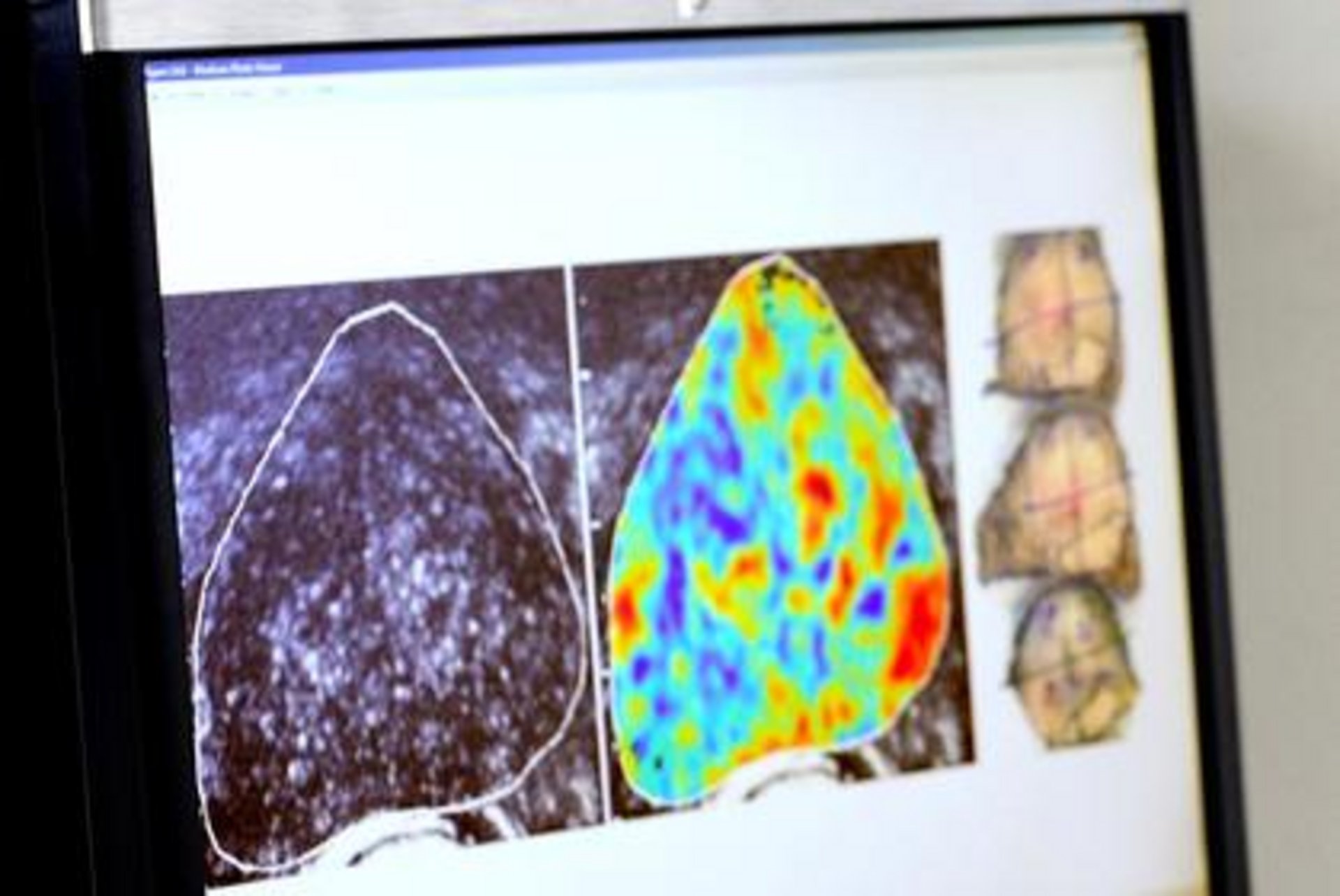The influence of technology in healthcare and well-being is apparent in many domains, starting from hospitals, home-healthcare, elderly assisted living and extending to healthcare related well-being applications, such as disease prevention, activity monitoring, fitness and (top-) sports programs and balanced lifestyle. Some major characteristics of the present application of technology in healthcare and well-being are:
- There still is a strong tendency towards technology push from medical/well-being (equipment) suppliers.
- Healthcare professionals and health coaches primarily focus on individual clients/patients and medical/physiological knowledge. Technology is considered to facilitate their core activities.
- New health-related technologies only are accepted by both health professionals and clients/patients after extensive evaluation and broad acceptance by leading experts in the field. Prerequisite is that new technologies for healthcare and well-being have proven to be robust, non-obtrusive and reliable.
- Healthcare professionals often have severe problems with overseeing and absorbing the potential impact of new technologies.
- New technologies as such do not necessarily lead to higher efficiency of healthcare and well-being applications. Initially, they often even lead to an increase in cost of care.
- Healthcare and well-being related technologies rapidly move close to and even into people’s homes.

A key link which appears to be missing is the translation of real ‘customer’ needs to new technology developments. The customers include both citizens (patients, clients and even healthy people) as well as healthcare professionals. Thus, there is a clear need for people who can translate new technology to customer benefits within the healthcare, well-being and sports domains.
When healthcare and well-being technology moves into homes the issue of translating available technology into relevant and really useful devices (contributing to well-being) becomes even harder and their integration via ICT into the healthcare eco-system more challenging. Ethics and privacy issues might be more important than technology options.
The design of professional and consumer health and well-being systems is an interdisciplinary process that requires in-depth understanding of both technical aspects as well as user requirements. Typically such a process is performed in an interdisciplinary team, where each team member brings in his/her own expertise and a good understanding of the field of the other team members.
It is the goal of the EngD HSD program to educate these high level designers and thereby create the innovation potential at the interface between technology and the health and well-being area.